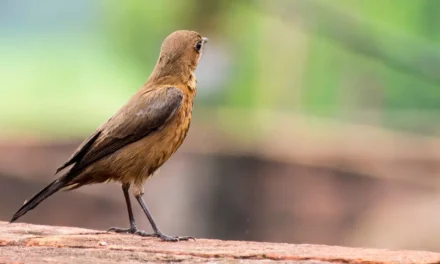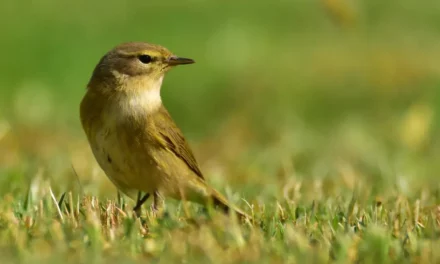If a bird repeatedly hits a window, it's likely defending its territory after seeing its own reflection. This behavior is common during the breeding season, but it can be prevented with simple solutions such as window opacification or the use of deterrents.
Why a bird hits the window: explaining territorial behavior
It's common to observe birds attacking windows or reflective surfaces like car mirrors, especially during the breeding season. This surprising and repetitive behavior, though alarming, has clear explanations related to the birds' territorial instincts. Several theories have been proposed to explain this phenomenon, and various solutions exist to limit these attacks, protect the birds, and avoid material damage.
To better understand bird behavior during the breeding season, check out Why Do Birds Sing? Understanding Their Songs and Functions.
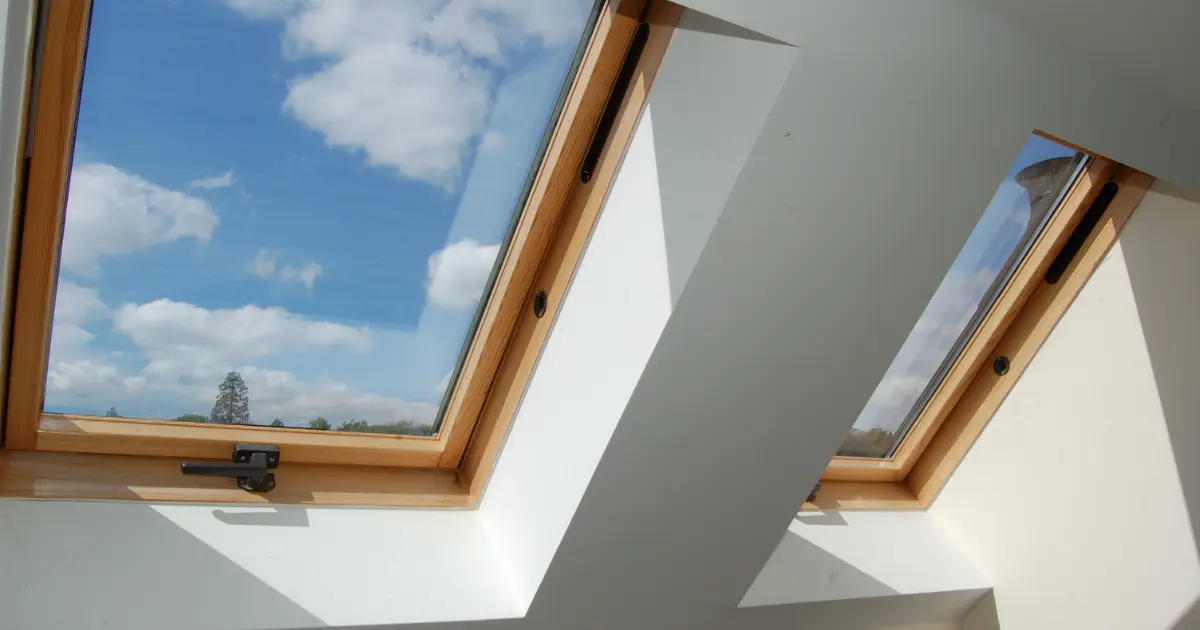
Territorial behavior and the mirror effect in birds
Birds attacking windows usually do so due to territorial behavior. During the breeding season, which typically runs from March to June for many species, males choose a nesting site and fiercely defend their territory. When a male bird sees its own reflection in a reflective surface, such as a window or car mirror, it mistakes it for a competitor and tries to chase it away. However, chasing a reflection is difficult because the "enemy" appears to return with every attempt.
A scientific explanation behind this behavior is that bird vision differs from that of humans. Although birds have excellent visual acuity and can perceive wavelengths like ultraviolet light, they lack the ability to understand that they are facing their own image in a reflection. Additionally, birds do not have stereoscopic vision, meaning they cannot see in 3D. This perceptual limitation leads them to believe they are confronting a real rival.
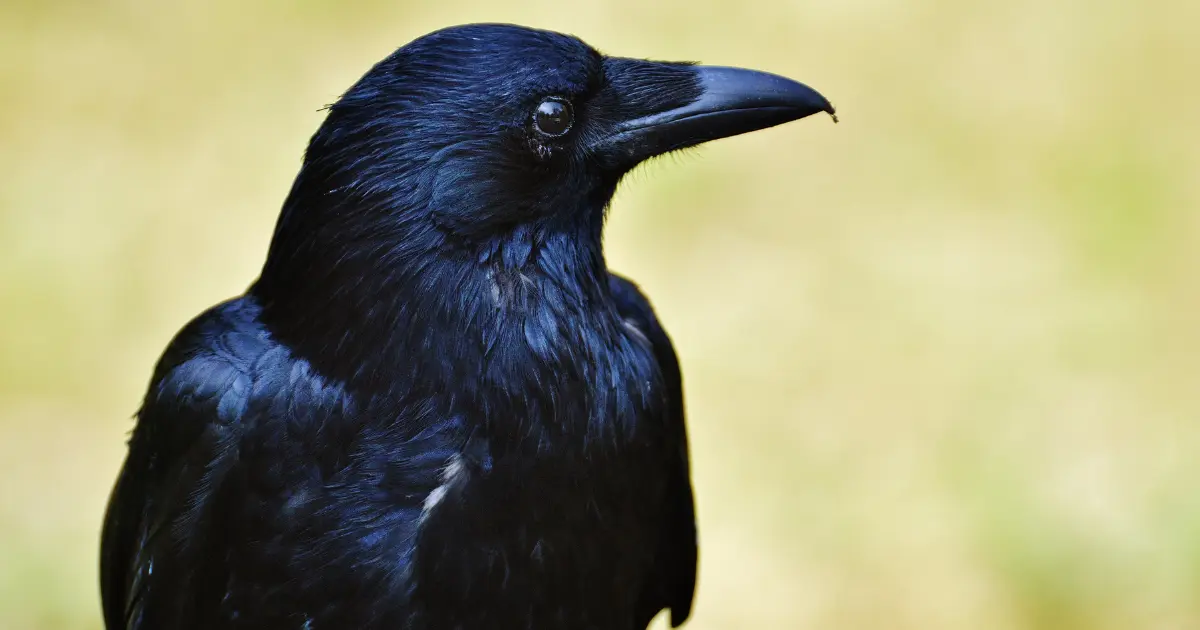
Bird species most affected by window attacks
The bird species most often observed hitting windows are those that nest near human homes. In Europe, these include blue tits and great tits, the chaffinch, the house sparrow, the blackbird, and some corvids like the carrion crow. In North America, species like the American robin, the northern cardinal, and the northern mockingbird display similar behaviors.
For more on bird identification, visit Recognizing Thrush Songs: Song Thrush, Fieldfare & Mistle Thrush.
For instance, a great tit was filmed repeatedly attacking a window, a behavior that has been observed in many passerine species.
Corvids, such as crows, are known to attack so forcefully that they leave traces of saliva and blood on the windows, sometimes even breaking the glass. This aggressive territorial behavior can last for weeks, especially when the bird, exhausted by its repeated attempts, still fails to realize that the "intruder" is just its own reflection.
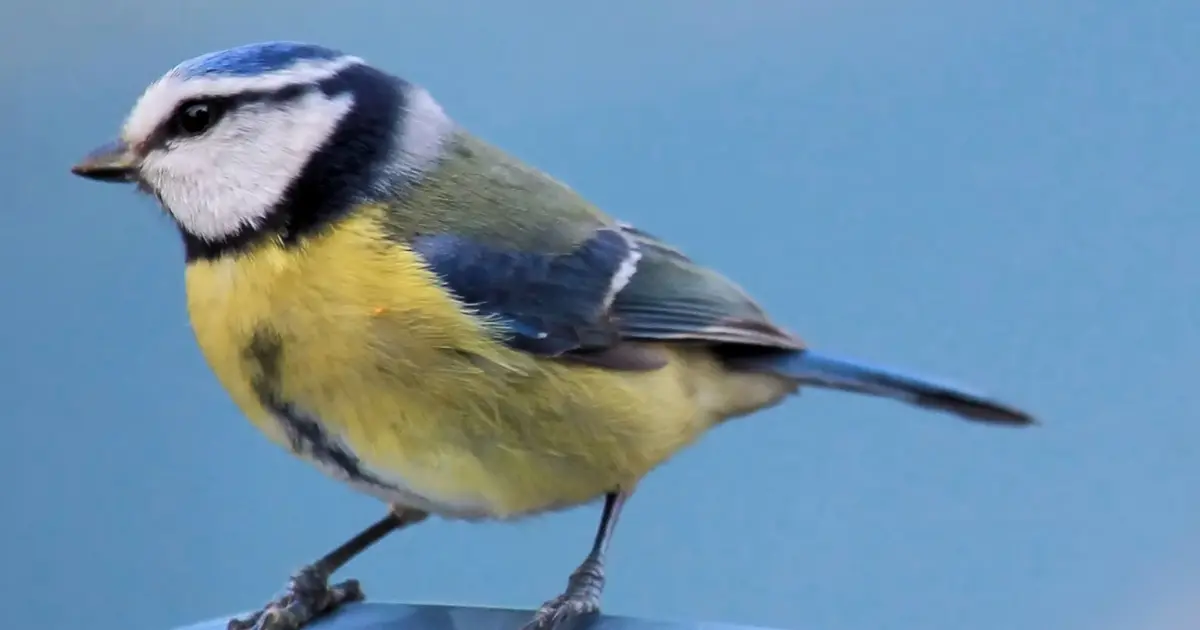
Risks for birds attacking windows
While these attacks are generally not fatal, they expose birds to injuries, especially to their beaks. Additionally, a bird can exhaust itself by constantly fighting an imaginary enemy. In extreme cases, such as a northern cardinal in the U.S., the bird repeatedly hit the windows of a house for six weeks, attacking two to three times a day. This persistent behavior usually stops at the end of the breeding season, but in some cases, it can last longer, especially if the species raises several broods in one season.
Cultural beliefs surrounding birds and windows
In some cultures, seeing a bird hitting a window is linked to superstitions. For instance, an ancient belief suggests that birds carry the souls of the dead, and when a bird attempts to enter a house, it is a sign that a deceased soul has come to collect that of a resident to guide it to the afterlife. This belief persisted in various regions for a long time, but today, this behavior is understood to be territorial rather than a sign of impending death.
Solutions to prevent bird attacks on windows
To protect birds and prevent material damage, several solutions can be implemented. The first is to opacify windows to avoid reflections. This can be done by applying a translucent film, paper, toothpaste, or soap to the windows. However, it's crucial to cover the entire window as the bird will move its attacks to uncovered areas.
For more information on preventing bird collisions, check out our complete guide here.
Another method is to use **deterrents**, such as hanging garlands or CDs in front of windows. The movement and light reflected by these objects can deter birds from approaching. It is also possible to cover car mirrors with fabric bags or socks to reduce reflections.
Some companies have developed more specific solutions based on bird vision, which allows them to see ultraviolet light. Adhesive films that are transparent to us but reflect UV light for birds can be applied to windows. These products are offered by companies such as Ornilux and WindowAlert. These UV films are effective, but their lifespan is usually limited to a few months.
It's also advisable to move perches near windows, as well as relocate bird feeders and baths that might attract birds too close to reflective surfaces. In some cases, covering windows with screens or installing plastic strip curtains may be necessary.
Understanding and preventing bird attacks on windows
By understanding why birds attack windows, it is possible to take measures to protect them, while also preserving your windows from damage. Though concerning, this behavior is a natural reaction linked to territorial defense, particularly during the breeding season. The solutions are varied and depend on the species and situation, but a quick intervention often stops these attacks before the bird becomes exhausted or injured.
-


